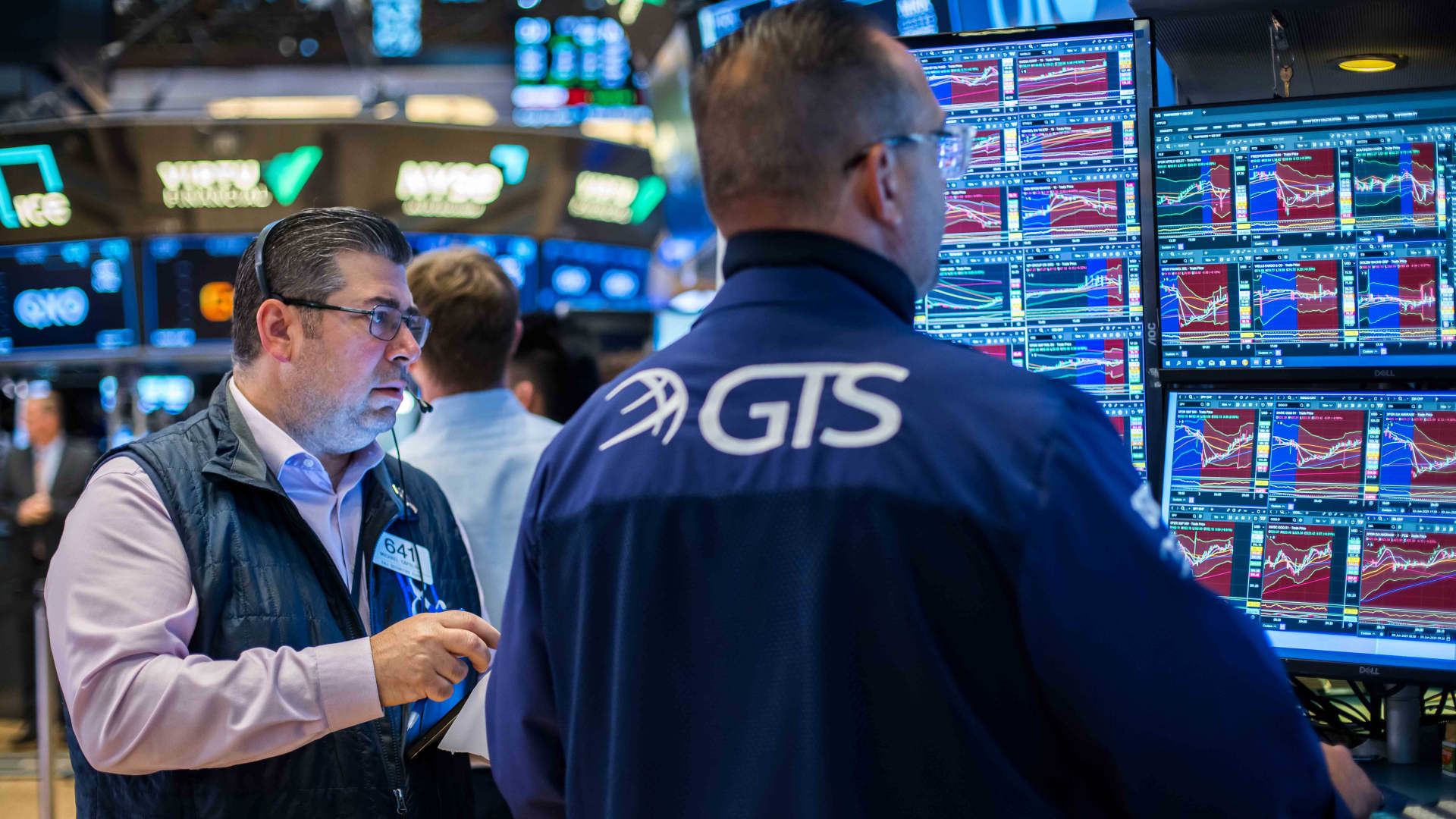The S&P 500 experienced an upward trend on Thursday, buoyed by a strong performance from Oracle, which encouraged optimism within the technology sector. The index gained 0.38%, closing at 6,045.26, and is now within 2% of its all-time high. The Nasdaq Composite also saw a modest rise of 0.24%, ending the day at 19,662.48, while the Dow Jones Industrial Average increased by 101.85 points, or 0.24%, to settle at 42,967.62.
Oracle’s shares surged by 13% following the company’s disclosure of fiscal fourth-quarter results that exceeded expectations both in revenue and earnings, alongside promising projections for future cloud growth. CEO Safra Catz stated in a conference call that, driven by demand for artificial intelligence, the company anticipates its cloud infrastructure revenue to grow over 70% in the 2026 fiscal year, a significant increase from the 52% growth reported for the past quarter. This surge in Oracle’s stock positively impacted the tech sector and contributed to the S&P 500’s gains.
Conversely, Boeing, a member of the Dow, saw its stock drop nearly 5% after a tragic incident involving an Air India Dreamliner 787, which crashed shortly after takeoff with 242 passengers on board.
Broader market gains were supported by a recent set of data suggesting economic resilience. The May producer price index, which measures final demand prices in the U.S. economy, increased by just 0.1% for the month, following a 0.2% decline in April. This result fell short of economists’ predictions, who had anticipated a 0.2% rise. Bond yields also eased on Thursday in reaction to the inflation data.
However, uncertainty loomed over the market due to President Donald Trump’s recent threat of unilateral tariffs. Investors are closely monitoring developments concerning trade policy, particularly between the U.S. and China. Trump remarked on Wednesday that he would consider extending a July 8 deadline for concluding trade talks with various nations before new U.S. tariffs take effect, although he expressed confidence that such extensions might not be necessary.
“I would, but I don’t think we’re going to have that necessity. We made a great deal with China,” Trump told reporters. “We’re dealing with Japan, we’re dealing with South Korea. We’re dealing with a lot of them. So we’re going to be sending letters out, in about a week and a half, two weeks, to countries, telling them what the deal is, like I did with EU.”
U.S. and Chinese officials reached a preliminary framework for future discussions in London after two days of talks, but the details still require approval from both Trump and Chinese President Xi Jinping. The two nations did agree to relax some restrictions concerning rare earth metals and foreign students.
Tom Hainlin, senior investment strategist at U.S. Bank Asset Management Group, noted, “We still think the primary driver for market direction and to break out to all-time highs would be some resolution for tariffs and how they interlink with the budget and the Fed. And we see a lot of headlines about negotiations or pauses or frameworks, but we still haven’t seen a single signed trade deal between the U.S. and its trade partners.”
He added, “So for us, we still see us sitting within our base case of uncertainty around how trade negotiations go. The market’s kind of range bound in wide ranges, but really lacking that durable breakout until we get some conclusion.”

